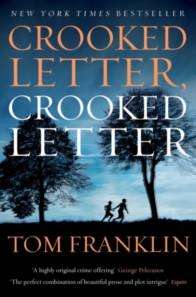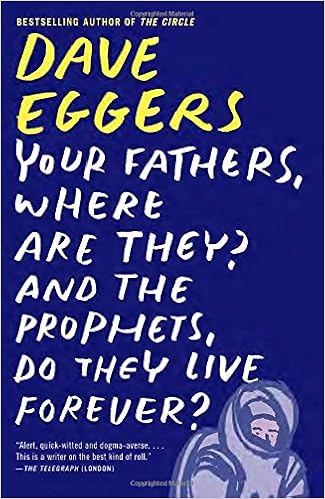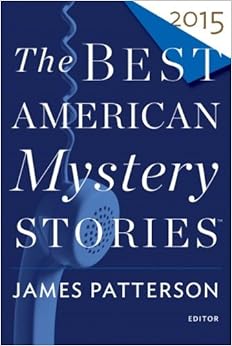Ripped from the headlines of South Dakota:
State Receives $300,000 for Mental Health Task Force.
Investigation continues into 50 year old woman's death (35 year old boyfriend claims he woke up and there she was, dead... Yes, there were a few drugs lying around...).
Man accused of killing state trooper wants case separated (he's planning on blaming the other defendants for everything).
 |
| https://commons.wikimedia.org/w/index.php?curid=7678578 |
Report shows an elderly woman found in a freezer died of natural causes (now why her son brought her to South Dakota in a freezer, that may not be so natural, but he died in February, so we may never have an answer to THAT mystery).
Officials tackling gopher problem at state fairgrounds (no joke, folks).
Entertainment Lineup announced for RibFest 2016 (June 2-5th, W. H. Lyons Fairground) .
And a story about someone sentenced to prison for various appalling acts committed under the influence of meth and God only knows what other substances he had in his system. At his sentencing, someone said, "we hope you will get the help you need while in prison and can turn your life around once you [eventually] get out."
This last story connects with the first one, about the mental health task force:
"A grant of about $300,000 will bolster the work of a task force proposed by the state Supreme Court's chief justice to study issues surrounding mentally ill people entering the criminal justice system. Officials on Wednesday announced the grant from the Leona M. and Harry B. Helmsley Charitable Trust to the state Department of Health. The state is providing more than $100,000 through in-kind contributions to support the work.
 |
"Gov. Dennis Daugaard says the group is set to analyze why and how individuals with mental illness become involved with the justice system. SD Chief Justice David Gilbertson says the criminal justice system often isn't the most appropriate and cost-effective response." Mental Health Task Force
To which my answer is "d'oh".
To which my answer is "d'oh".
I've talked before about how our society has criminalized addiction, mental illness, and mental disability. Some of it was purely political:
"One of Richard Nixon's top advisers and a key figure in the Watergate scandal said the war on drugs was created as a political tool to fight blacks and hippies, according to a 22-year-old interview recently published in Harper's Magazine.
"The Nixon campaign in 1968, and the Nixon White House after that, had two enemies: the antiwar left and black people," former Nixon domestic policy chief John Ehrlichman told Harper's writer Dan Baum for the April cover story published Tuesday.
"You understand what I'm saying? We knew we couldn't make it illegal to be either against the war or black, but by getting the public to associate the hippies with marijuana and blacks with heroin. And then criminalizing both heavily, we could disrupt those communities," Ehrlichman said. "We could arrest their leaders. raid their homes, break up their meetings, and vilify them night after night on the evening news. Did we know we were lying about the drugs? Of course we did." John Ehrlichman interview, CNN
Other reasons were the natural fallout resulting from the scandal of "snake-pit" mental hospitals about the same time that people figured out that mental health institutions were expensive. In other words, the search for social reform AND economic reform:

"Perhaps what is most interesting about the change in policies of involuntary commitment is the coalition that helped bring it about: a combination of "law and order" conservatives, economic conservatives, and liberal groups that sought reform in the provision of mental health services. But the policy shift had hardly anything at all to do with the mentally ill or the practitioners who treated them. It was designed to lower taxes and shift responsibility away from the federal government. Ironically then, the need for reform perceived by those involved and concerned with the mentally ill (practitioners and families) was co-opted by the interests of capital." Reagan and the Commitment of the Mentally Ill
In any case the result is that today, instead of going to hospitals, most of the mentally ill, mentally disabled, and the chronically addicted go to jail. (Explains why we have the largest prison population in the world, doesn't it?) According to NIH, "prisons have effectively become the new mental illness asylums". NIH Report on Prisoners and Mental Illness
And, according to the Atlantic: "55 percent of male inmates in state prisons are mentally ill, but 73 percent of female inmates are. Meanwhile, the think-tank writes, "only one in three state prisoners and one in six jail inmates who suffer from mental-health problems report having received mental-health treatment since admission." The Atlantic.
So when someone says "I hope s/he finally gets the help s/he needs" the simple answer is no, most of the time, s/he won't. They will be warehoused. They may or may not be put on psychotropic drugs which may or may not be suitable for their mental illness. If they are mentally disabled, they may be put on tranquilizers, just to calm them down. [This turns them into zombies.] If they are addicted, they may go through a six week addiction program. Or not. Depends on if there's any money. And, when they've done their time - and most prisoners will eventually do their time - they will come out, in pretty much the same shape they went in, if not worse.
You can't fix people for free. You can't put mentally ill people into the less-than-nurturing environment of prison and expect them to come out magically all better. But at least there's a start. I'll take any mental health task force I can get. Anything is better than nothing, and nothing has been the rule for a very long time.
Okay, now, a little question for all the mystery writers, the woman in the freezer - why do YOU think her son brought her to South Dakota?





































